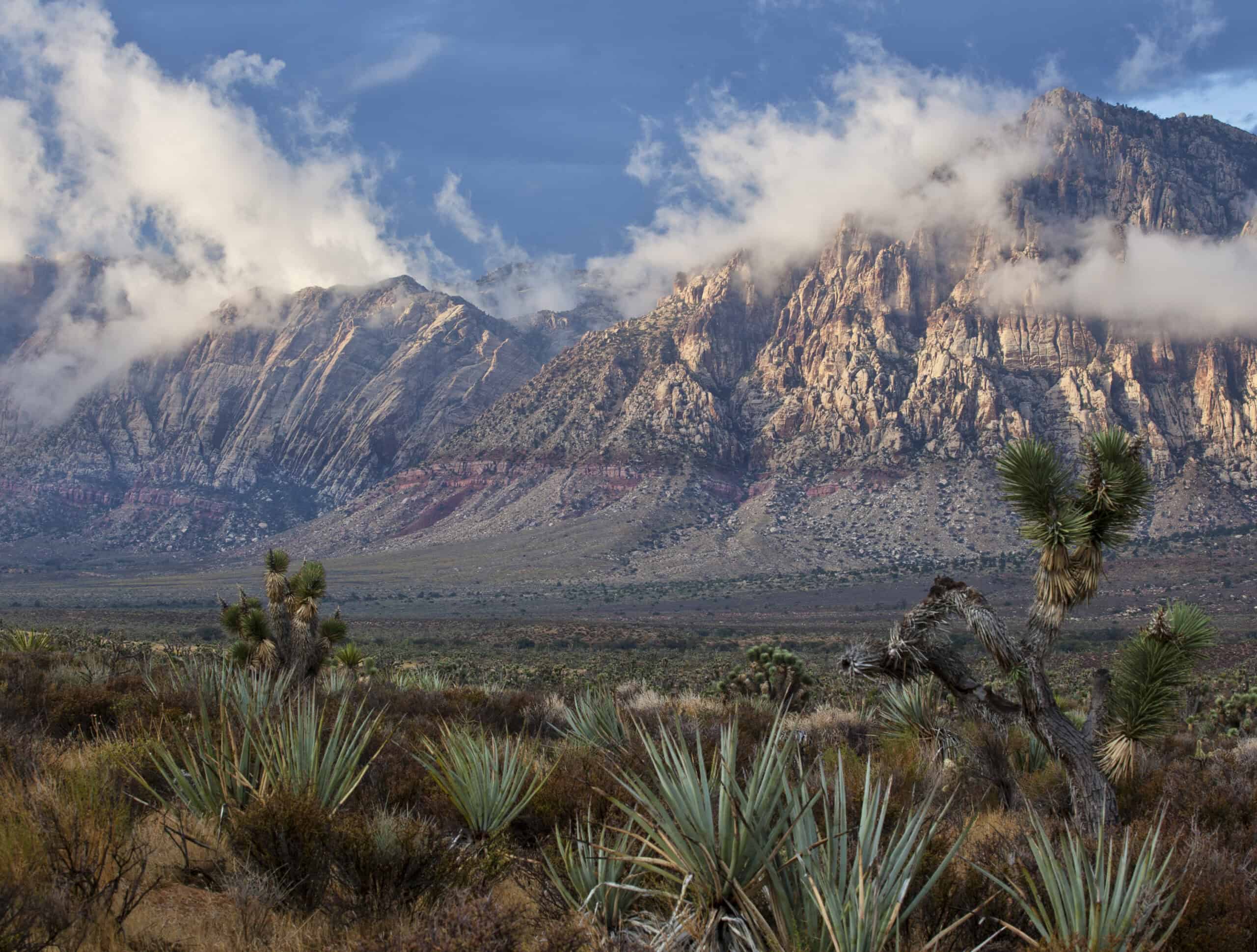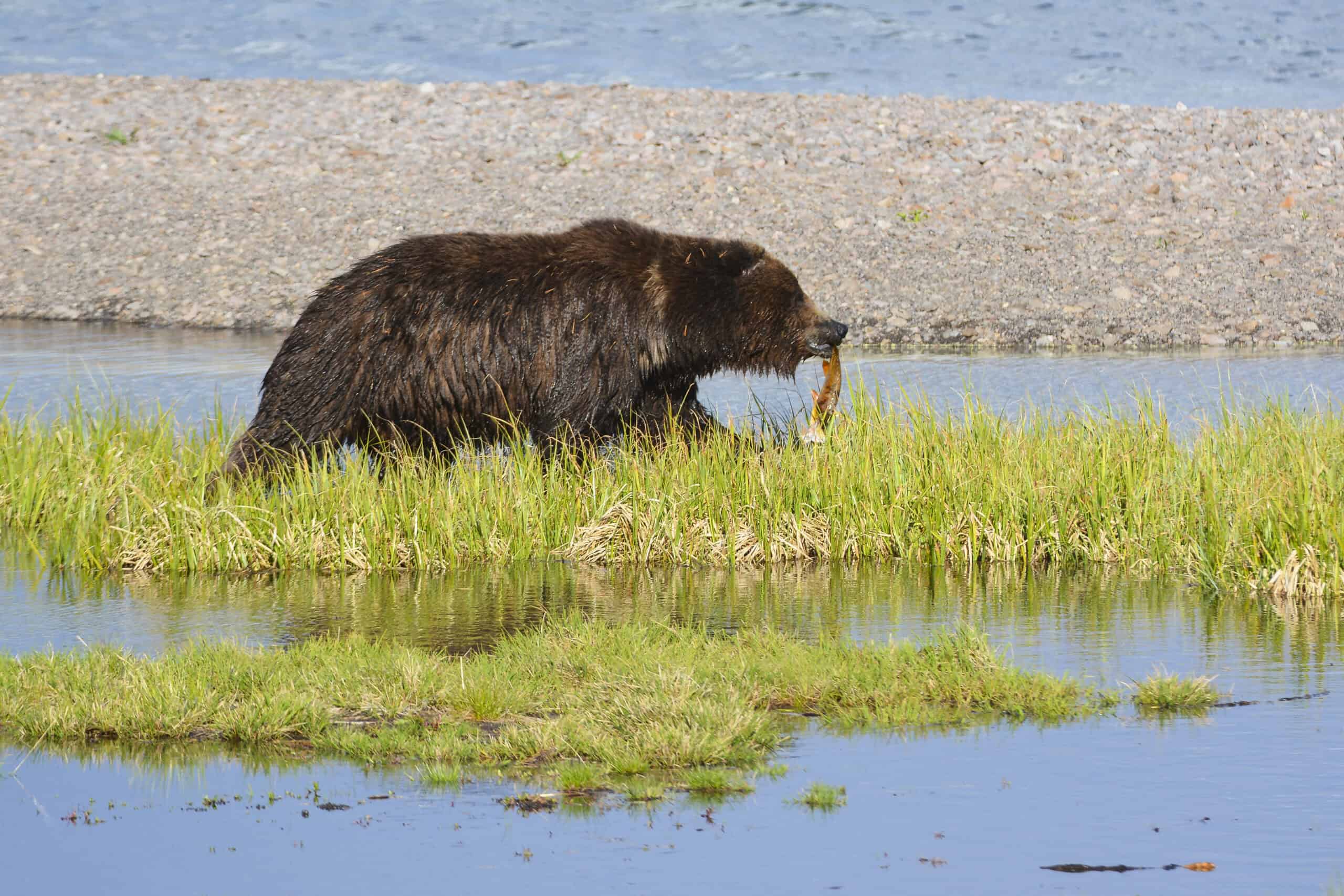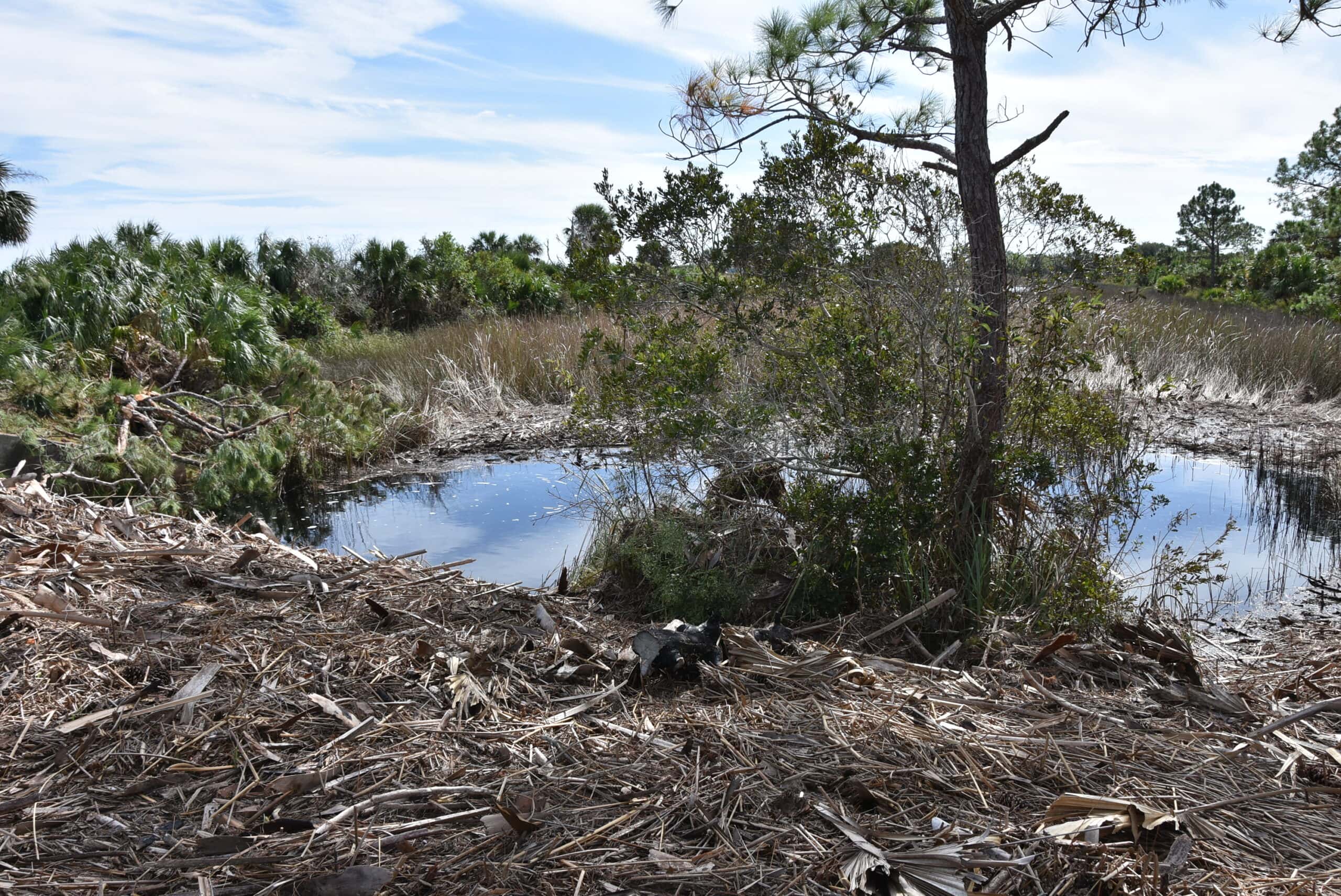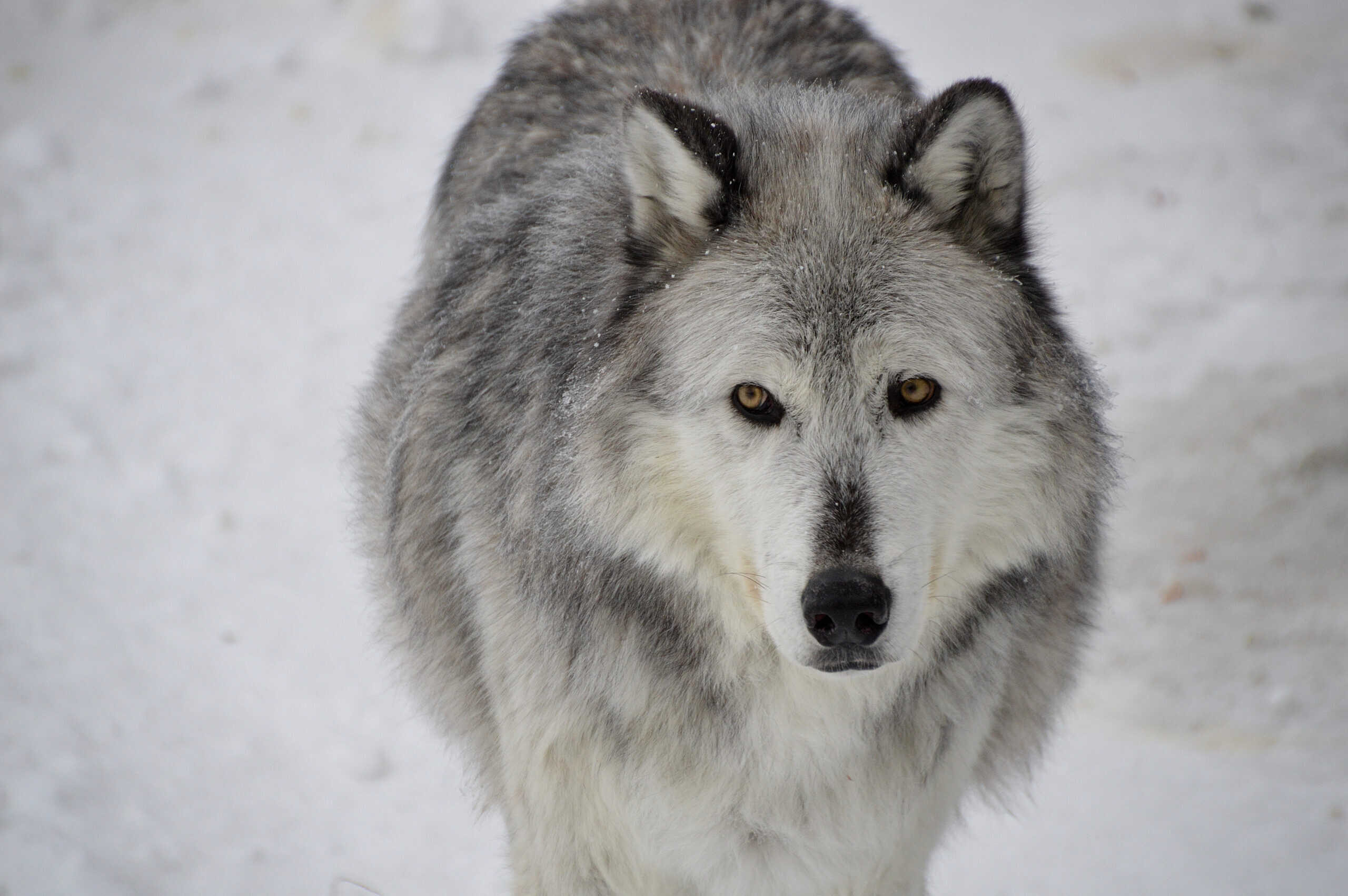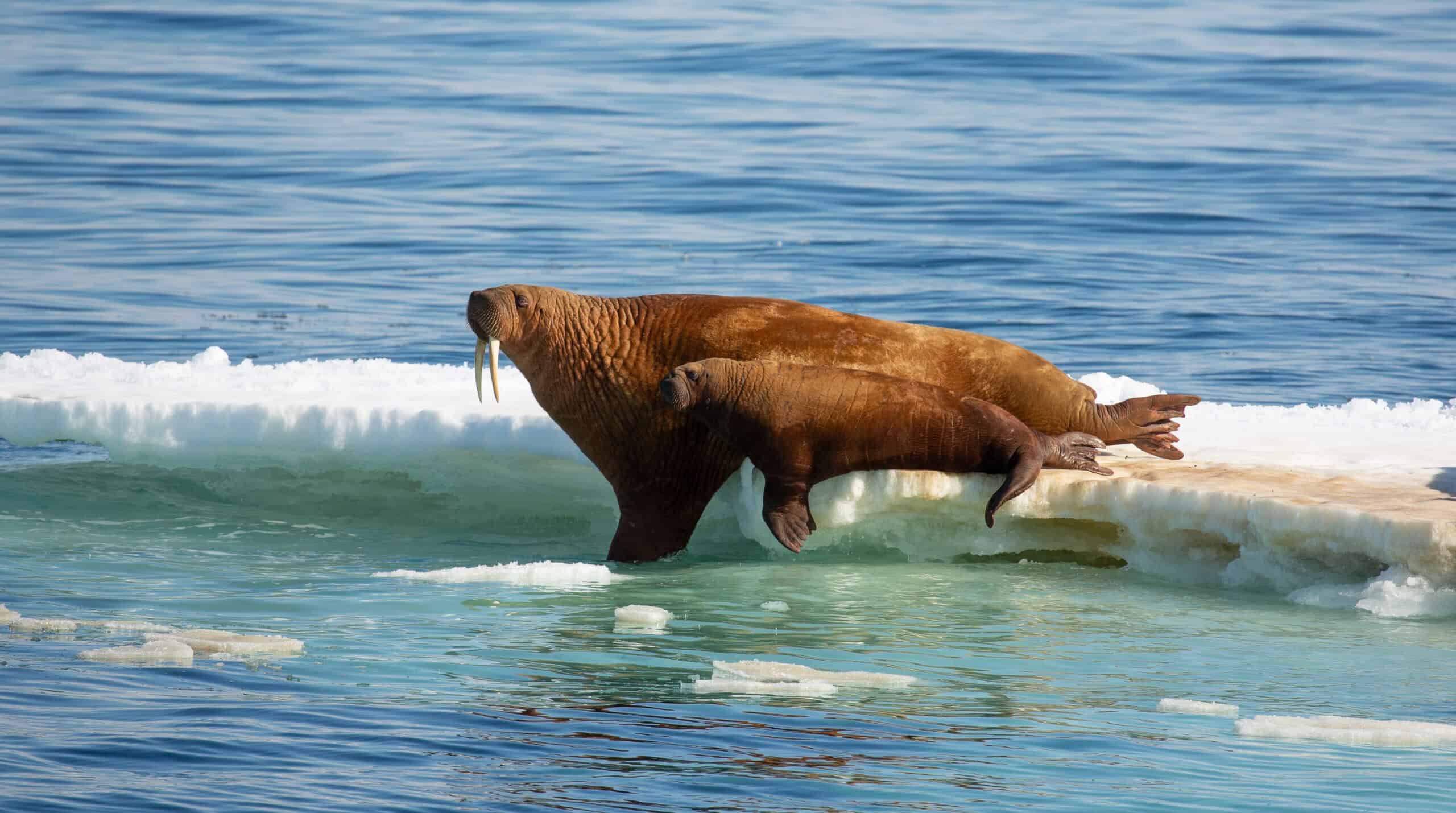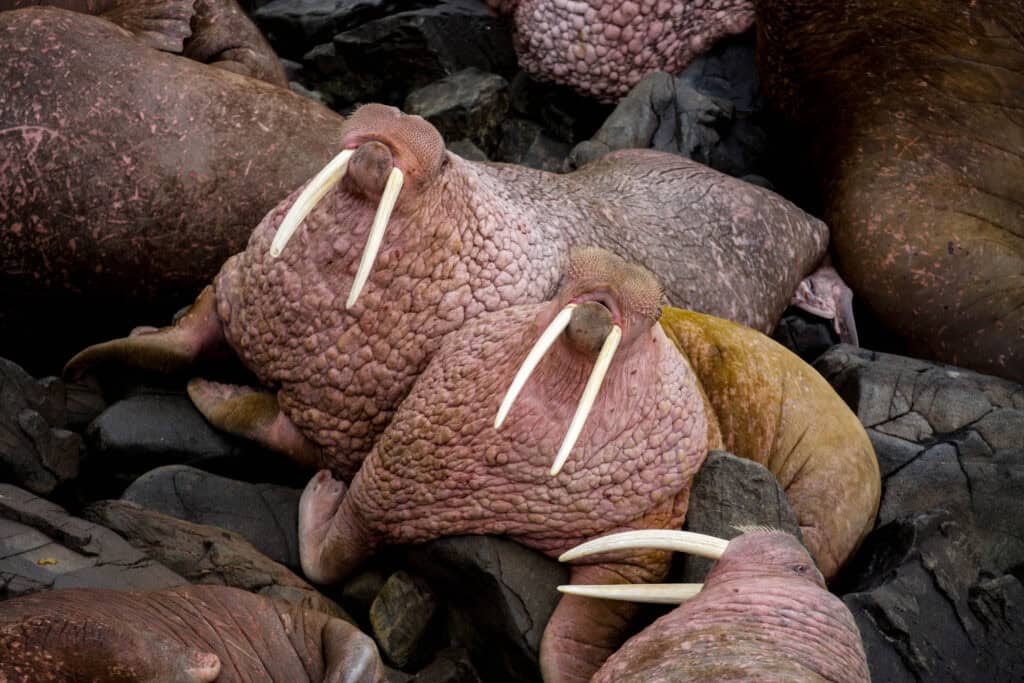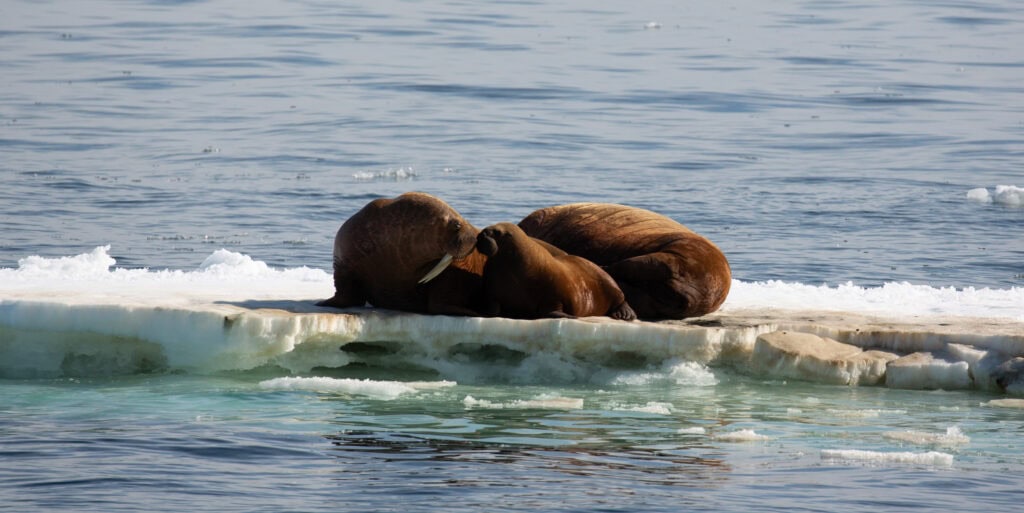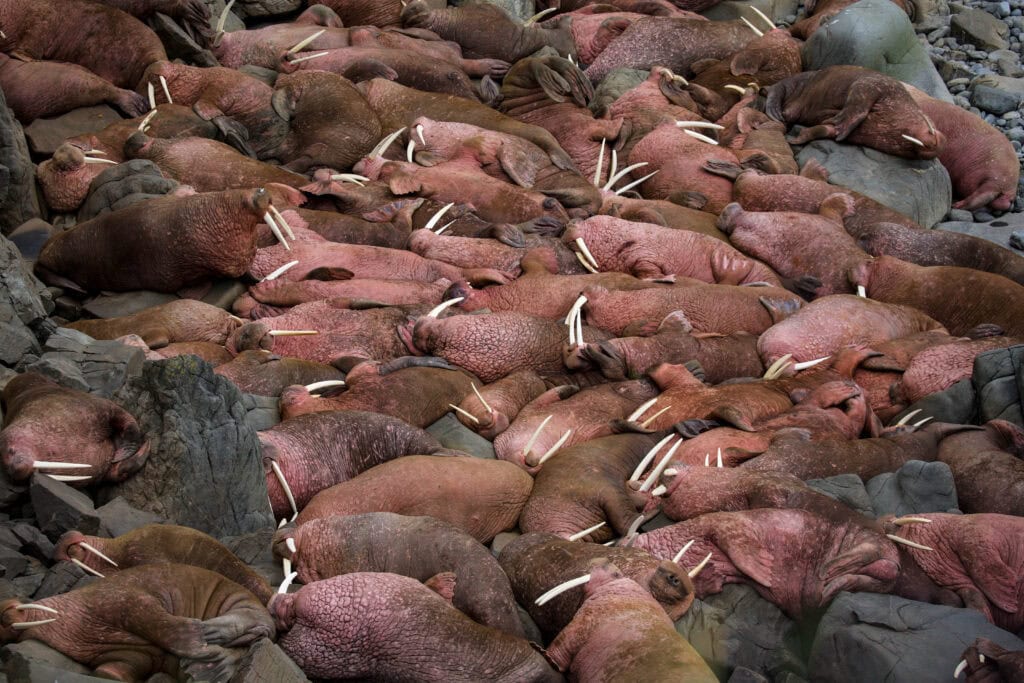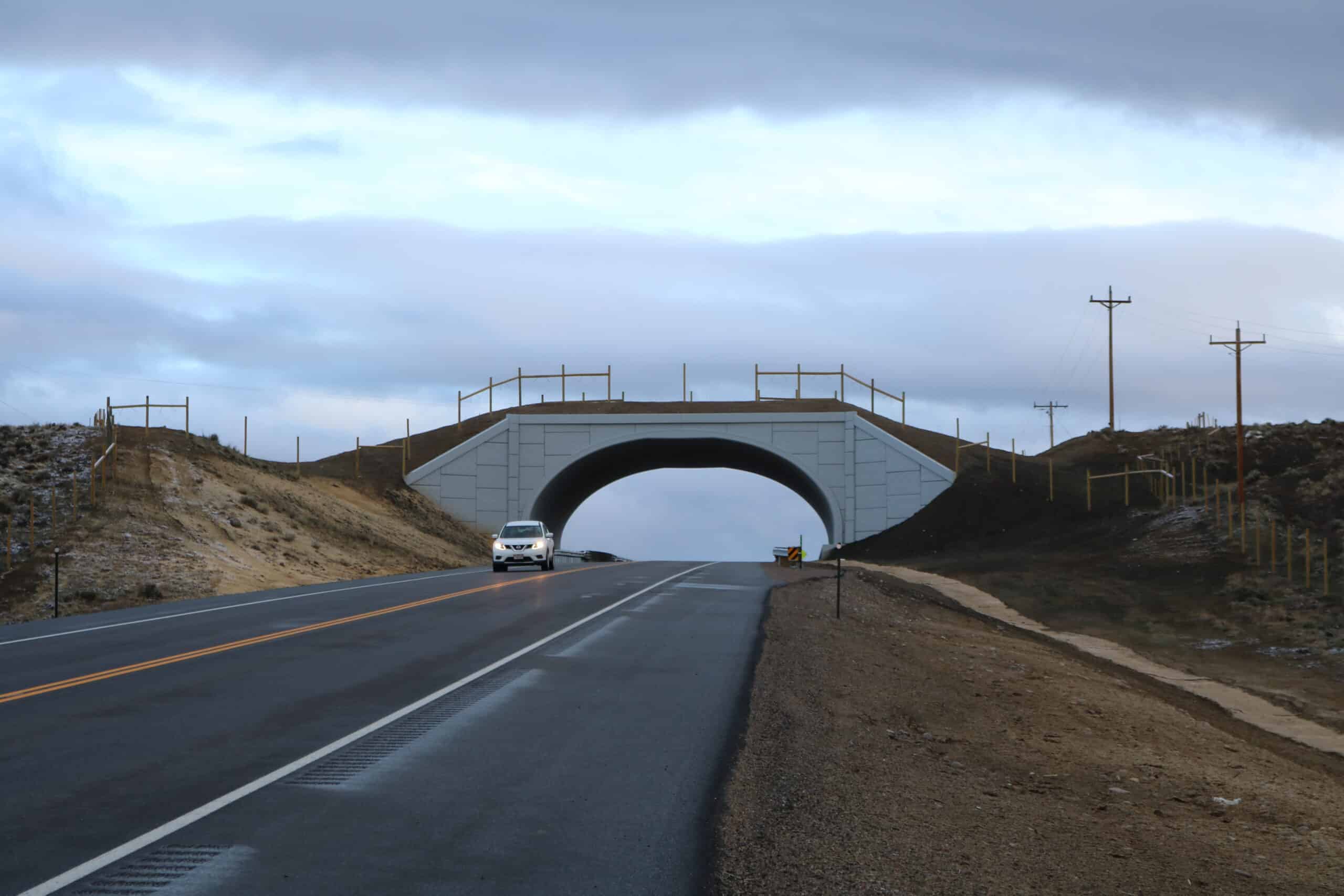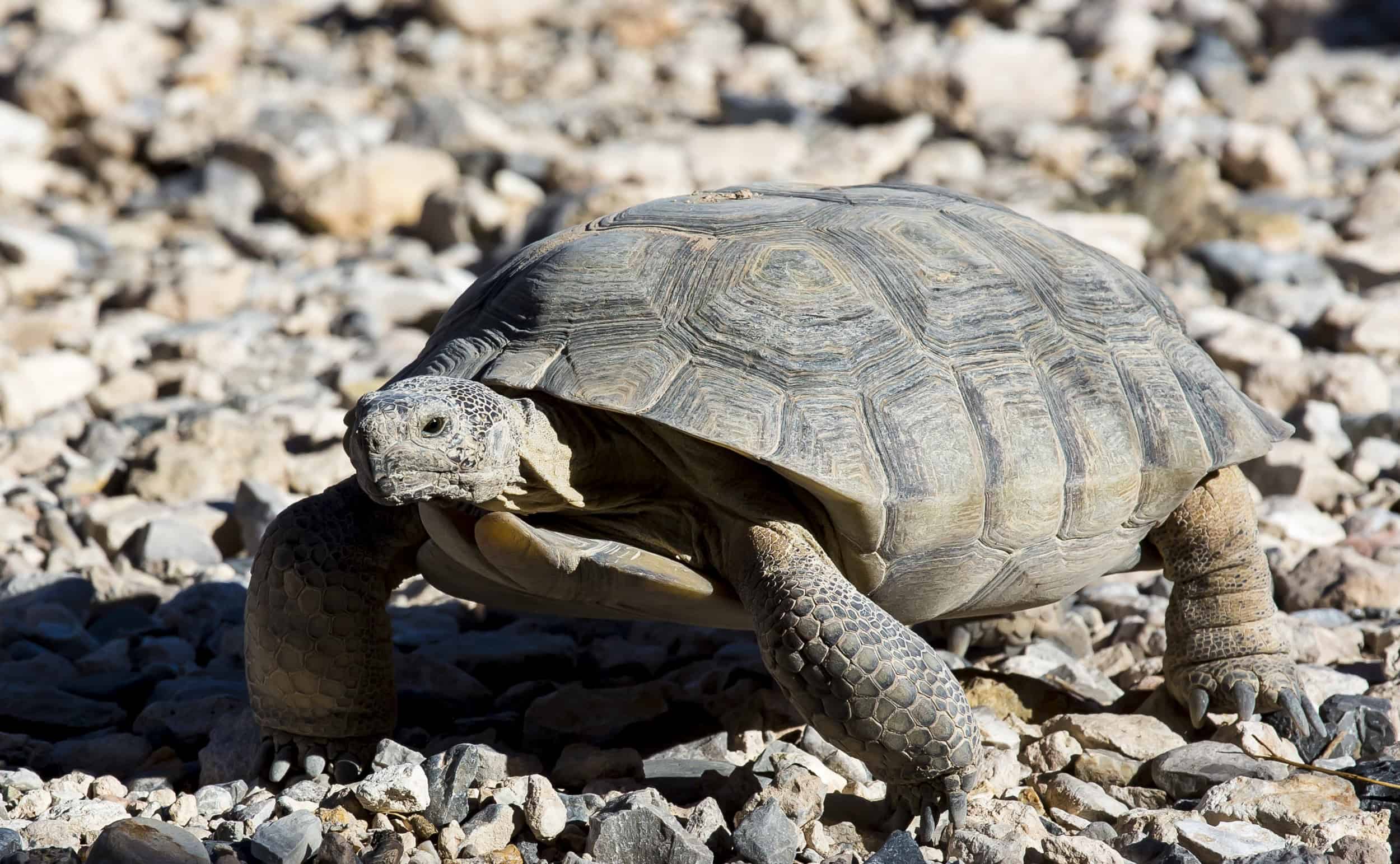
A final Bureau of Land Management plan for utility-scale solar development will designate almost 32 million acres of public lands across 11 western states as priority areas for utility-scale solar development while excluding some areas critical to wildlife
The BLM released the Record of Decision and Approved Resource Management Plan Amendments for the updated Western Solar Plan in December 2024. This concludes a multi-year process to inform how the agency manages project proposals and applications for solar energy development across its managed lands in the western United States.
Updates to the 2012 Western Solar Plan were initiated in response to Executive Order 14008 (“Tackling the Climate Crisis at Home and Abroad) and the Energy Act of 2020, which emphasized the need for enhanced renewable energy infrastructure to combat the global climate crisis. Originally limited to BLM lands in six states—Arizona, California, Colorado, Nevada, New Mexico and Utah—the final plan includes additional lands in Idaho, Montana, Oregon, Washington and Wyoming.
The process of soliciting public input on the plan began with a scoping period in late 2022. TWS collaborated with other organizations to produce detailed recommendations for the eventual updates to the plan, emphasizing the need to site projects in a way that limits their impacts on fish, wildlife and their habitats. When the BLM released the draft plan for public comment in early 2025, TWS collaborated with several chapters, sections and working groups to produce comments highlighting our members’ expertise and urging the BLM to consider the needs of wildlife in the final plan.
The final plan makes more than 31 million acres of public lands across the 11 states included in the planning area available for application for solar development, although the agency estimates only 700,000 of those acres are likely to be developed by 2045.
TWS and other organizations recommended a more conservative alternative during the review of the draft plan, which would have made approximately 8 million acres available for development while still meeting clean energy demands. The final plan prioritizes project applications within 15 miles of existing or proposed transmission lines and at a greater distance on previously disturbed lands. It also excludes development in areas where there is a high likelihood of conflict with resources like sensitive wildlife and critical wildlife habitats.



